Future based Western Sydney Airport Completed Ahead of Schedule and On Budget

- Terminal Building: Spanning 82,000 square meters, the terminal was delivered by Multiplex and incorporates advanced energy efficiency measures such as over 6,000 rooftop solar panels, high-performance glazing, and rainwater harvesting systems. Its layout supports natural ventilation and daylighting, reducing operational energy demands.
- Runway and Airside Works: A single 3.7-kilometer runway was constructed as part of Australia’s largest non-mining earthworks project, involving the redistribution of over 26 million cubic meters of soil. Pavement layers include 5.5 million tonnes of sandstone sourced from Sydney tunneling projects, used as structural fill for runways, taxiways, and internal roads.
- Utility and Technology Systems: The airport features more than 90 kilometers of power and fiber optic cables, over 3,000 aviation-grade LED lighting units, and a next-generation baggage handling system. Enterprise technology integration includes 60+ platforms to support terminal operations, passenger processing, security, and commercial systems.
- Landside Infrastructure: Roads, car parks, bridges, and utilities were delivered through a joint venture, providing seamless connection to the upcoming Sydney Metro and M12 Motorway. These components support airport access and are critical for future regional transport connectivity.
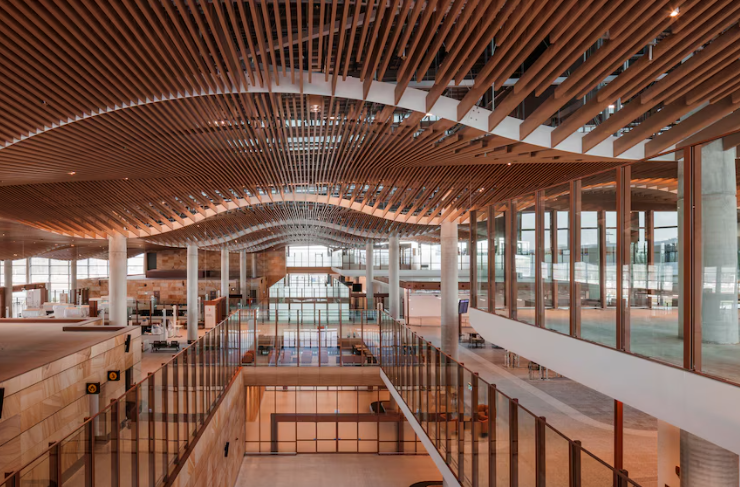
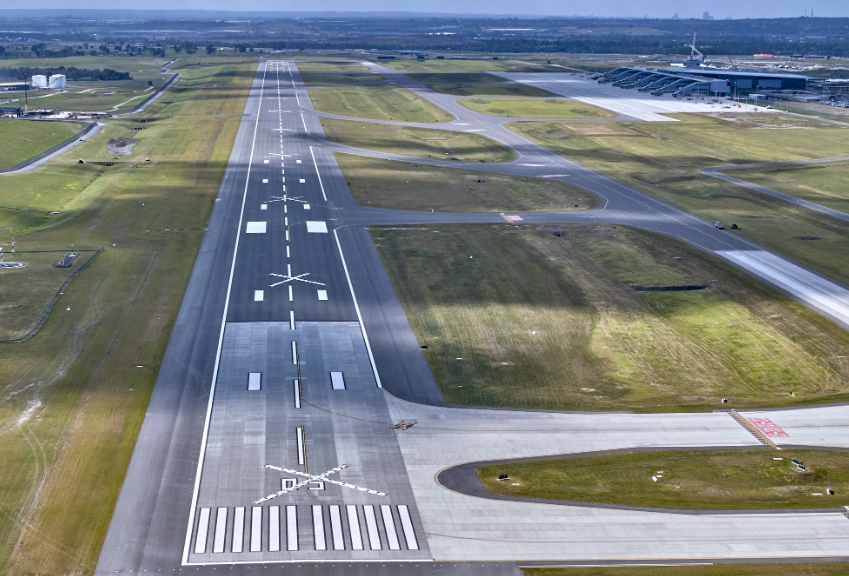
Sources: bechtel.com, abc.net.au, constructiondive.com, globalconstructionreview.com
Want to read more like this story?

Runway to the Future: Inside the Western Sydney International Airport Project
Nov, 21, 2024 | NewsThe Western Sydney International Airport (WSI), a £2.7 billion infrastructure marvel, is set to red...

The Billion-Dollar Airport Boom: 2025 Megaprojects Shaping the Skies
Jan, 14, 2025 | NewsAs air travel rebounds and infrastructure demands rise, U.S. airports are undergoing massive transf...
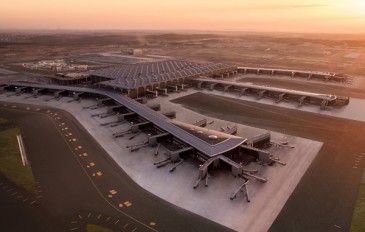
Istanbul Airport to open its third parallel runway in summer 2020
Apr, 20, 2020 | NewsIstanbul Airport is close to open a third parallel runway in order to accommodate more air traffic b...

The Future of Air Travel: Inside the King Salman International Airport Megaproject
Aug, 23, 2024 | NewsThe King Salman International Airport (KSIA) in Riyadh, Saudi Arabia, is poised to redefine global...

A look into Poland’s new €8 billion airport
Dec, 01, 2023 | NewsPoland is moving steadily towards starting construction of its new €8 billion Centralny Port Komuni...
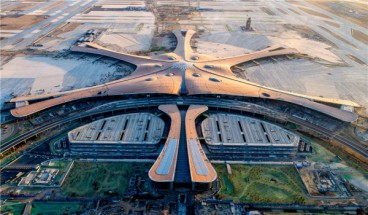
Beijing’s brand-new International Airport completed
Aug, 06, 2019 | NewsConstruction works have been completed in the brand-new Beijing Daxing International Airport which w...

Poland Opens Tender for CPK Airport Delivery Partner
Jul, 25, 2025 | NewsCentralny Port Komunikacyjny (CPK) has opened a tender to appoint a General Contract Engineer (GCE)...

Cambodia’s brand new Siem Reap–Angkor International Airport opens
Oct, 16, 2023 | NewsSiem Reap–Angkor International Airport is Cambodia’s biggest and newest airport after its first pha...
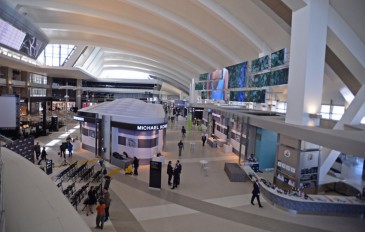
LAX $508 Million Terminal 1 Renovation Underway
Sep, 22, 2014 | NewsLos Angeles city leaders and officials broke ground last Tuesday at LAX’s Terminal 1 to signify the...
Trending

Vertical gardens in Mexico City to combat pollution

Characteristics of Load Bearing Masonry Construction

Taipei 101’s impressive tuned mass damper

Morocco Implements Landmark Dam Perforation to Combat Water Stress in Marrakech

Dutch greenhouses have revolutionized modern farming

The Line at Neom faces feasibility reassessment while construction continues

A new chapter for Sunderland: The £31 million Keel Crossing opens

